
Measuring Leadership Development
Quantify Your Program’s Impact and ROI on Organizational Performance
Recommendation
Human resources professionals and leaders know it’s important to measure, track and evaluate their investments in human capital programs, yet HR is notoriously behind other areas of business in making budget decisions based on evidence and data. HR gurus Jack Phillips and Patricia Pulliam Phillips teach constantly about measurement; they publish at least one book each year, often for HR professionals. In this volume, writing with learning expert Rebecca L. Ray, they focus on leadership development, offering a clear, credible process for collecting, measuring and reporting on training outcomes and for improving, expanding or ending those programs based on hard evidence. getAbstract recommends their packed-tight manual to readers seeking the skill and knowledge to evaluate leadership development programs and to help their firms make better decisions.
Summary
About the Authors
Former bank president and HR executive, Jack Phillips has written or edited more than 50 books. Patricia Pulliam Phillips, writer or editor of more than 30 books on evaluation, heads the ROI Institute. Rebecca L. Ray leads human capital at the Conference Board.








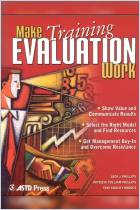
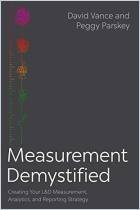
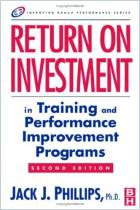
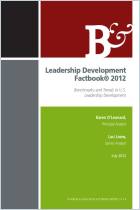
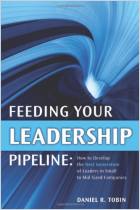




Comment on this summary